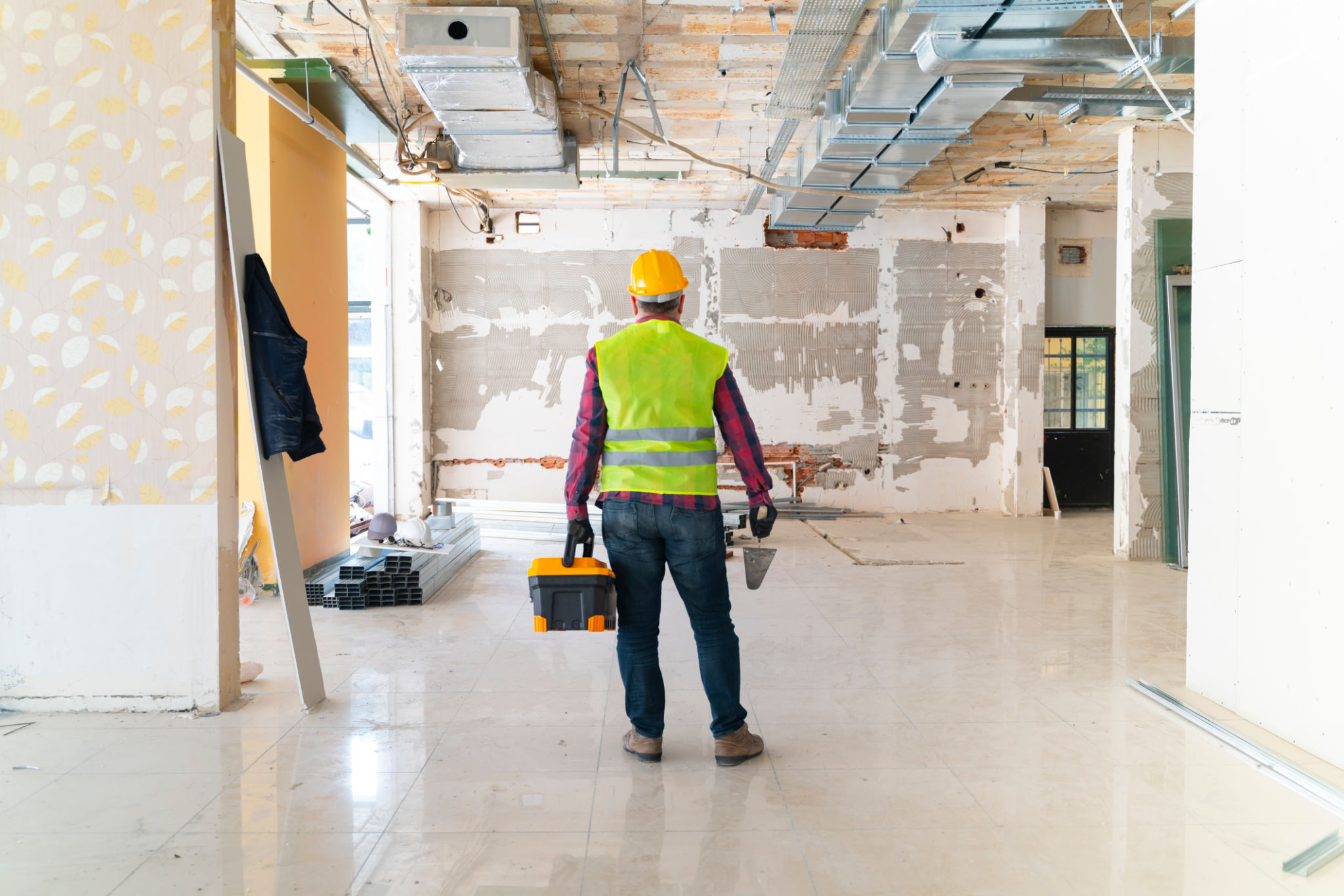Case Study: Successful Building Facade Restoration Projects
Introduction to Building Facade Restoration
Building facade restoration is a crucial aspect of preserving architectural heritage and ensuring structural integrity. This process not only enhances the aesthetic appeal of a building but also prolongs its lifespan. Successful building facade restoration projects require meticulous planning, skilled craftsmanship, and a deep understanding of historical architecture.
In this case study, we will explore some successful building facade restoration projects, highlighting the strategies employed and the outcomes achieved. By examining these projects, we can gain insights into best practices and innovative techniques used in the industry.

Project Overview
The first project we will look into is the restoration of the iconic Flatiron Building in New York City. Originally constructed in 1902, this historic landmark underwent a comprehensive facade restoration to address weathering and structural issues. The project aimed to restore the building's original charm while ensuring modern safety standards were met.
Another exemplary project is the restoration of the Royal Liver Building in Liverpool. This iconic structure, part of Liverpool's UNESCO World Heritage skyline, required careful attention to its unique architectural features. The restoration team focused on preserving the building's historical significance while using modern materials to enhance durability.
Challenges and Solutions
Restoring historical facades presents several challenges, such as sourcing authentic materials and addressing underlying structural problems. In the case of the Flatiron Building, sourcing appropriate terra cotta tiles was crucial to maintaining the building's character. The restoration team collaborated with local artisans to recreate these tiles, ensuring a perfect match.
The Royal Liver Building restoration faced the challenge of preserving intricate stone carvings. Advanced laser scanning technology was employed to accurately map the structure, allowing artisans to restore damaged sections with precision. This technology ensured that every detail of the building was preserved for future generations.

Technological Innovations
Technological advancements have significantly impacted building facade restoration projects. The use of drones for inspection and documentation has become increasingly common. Drones provide high-resolution images and detailed data, enabling teams to assess damage efficiently and develop accurate restoration plans.
In addition to drones, 3D printing technology has revolutionized how replacement components are fabricated. Custom molds for stone and metal elements can be produced rapidly, reducing both time and cost. This innovation was particularly beneficial in the restoration of intricate facade elements in both case studies.
Outcomes and Impact
The successful completion of these projects has had a profound impact on their respective communities. The restored Flatiron Building continues to be a symbol of New York City's rich architectural history, attracting tourists and enhancing local pride.
Similarly, the Royal Liver Building's restoration has reinforced Liverpool's status as a cultural hub. By preserving this emblematic structure, the project has contributed to sustaining tourism and stimulating economic growth in the region.

Conclusion
Building facade restoration projects play an essential role in maintaining our architectural heritage. The successful examples highlighted in this case study demonstrate that with careful planning, skilled craftsmanship, and innovative technology, it is possible to restore historical buildings while honoring their past and ensuring their future.
As we continue to embrace advancements in technology and materials, the potential for preserving our architectural history becomes even greater. These projects serve as a testament to what can be achieved when tradition meets innovation.